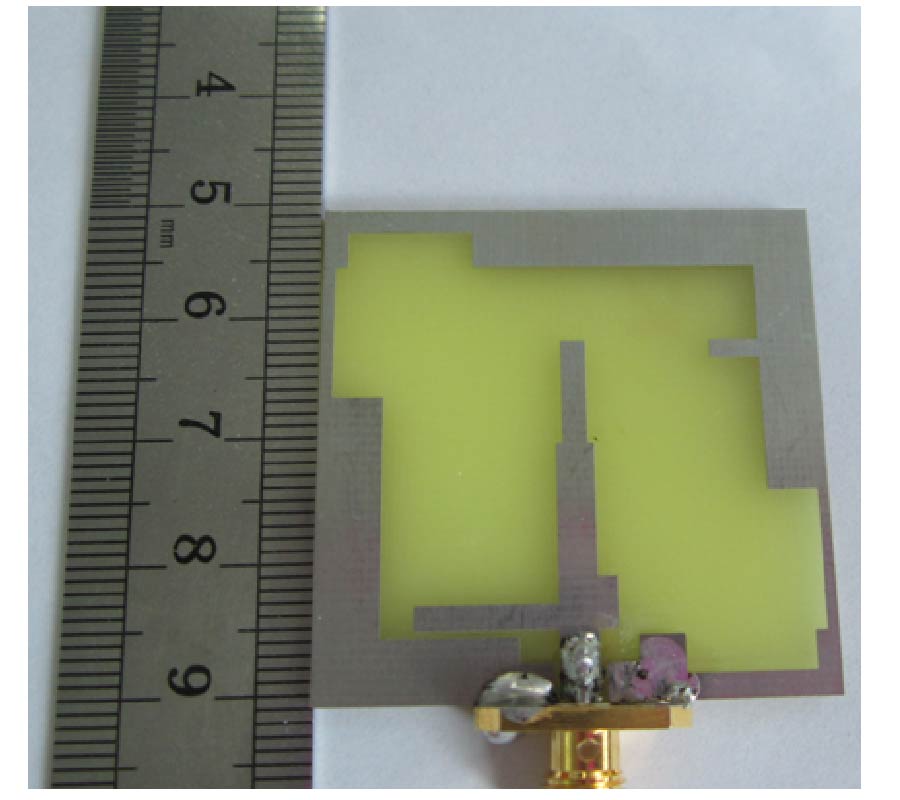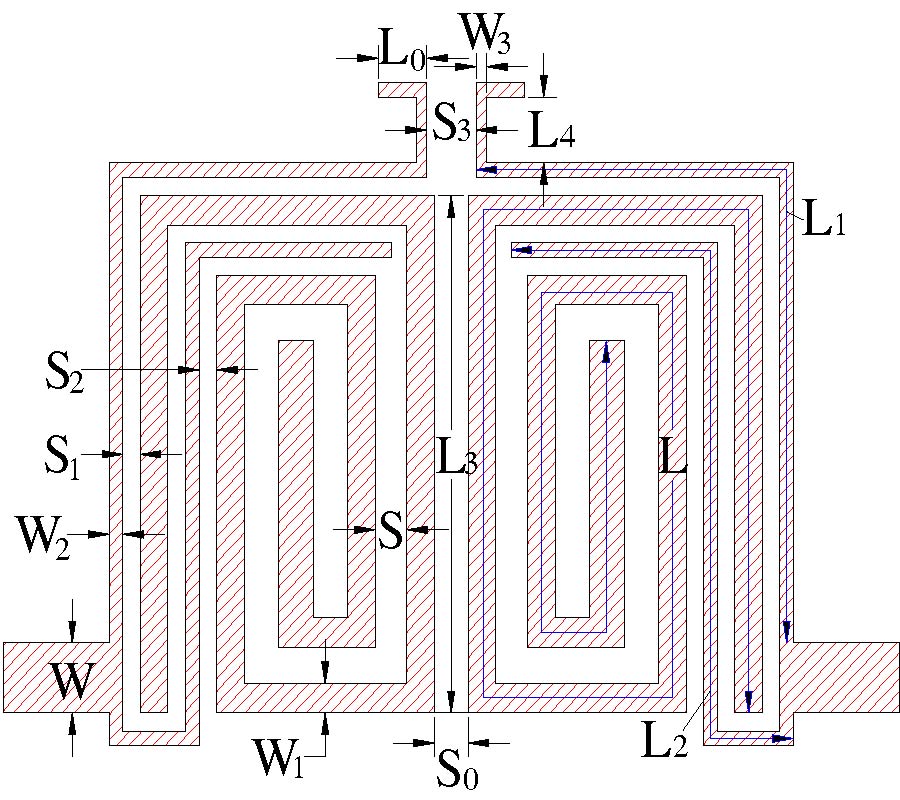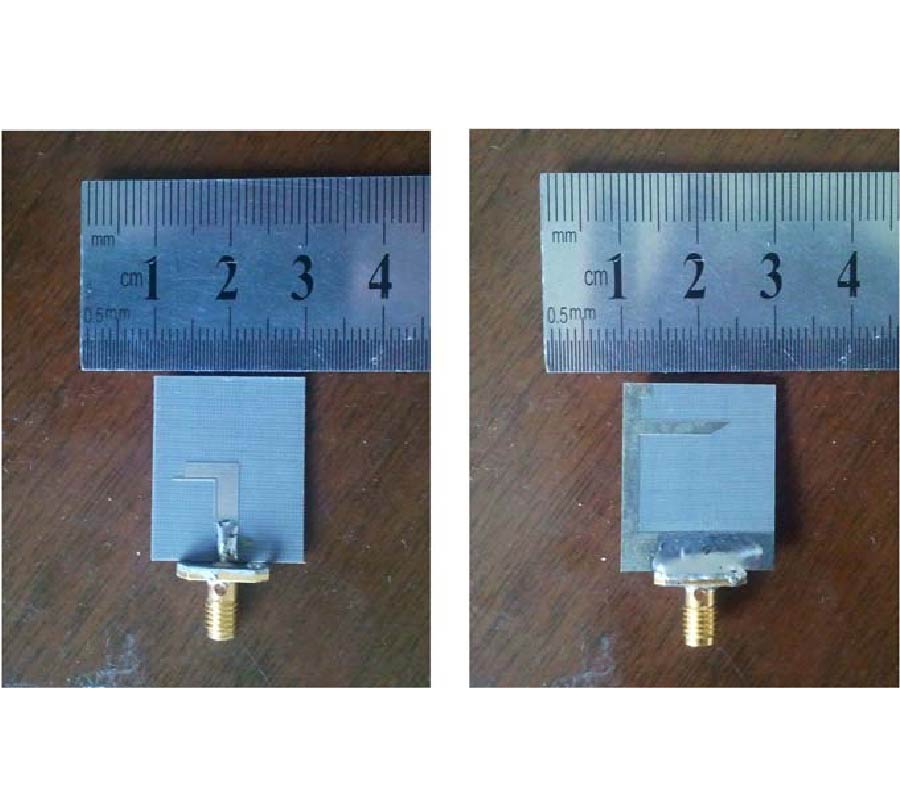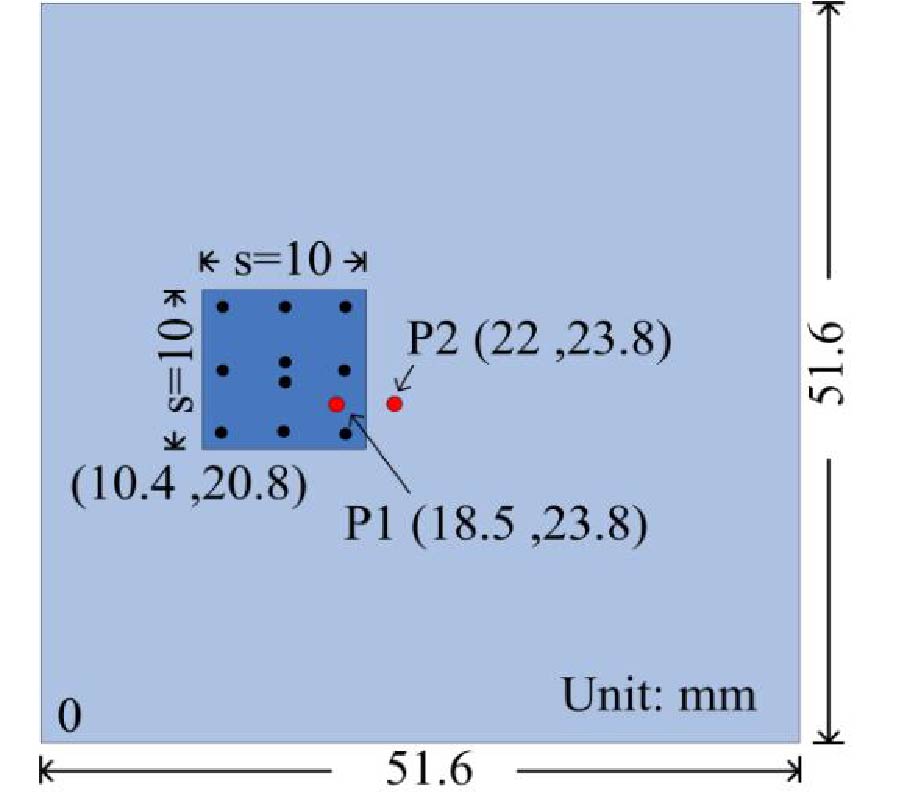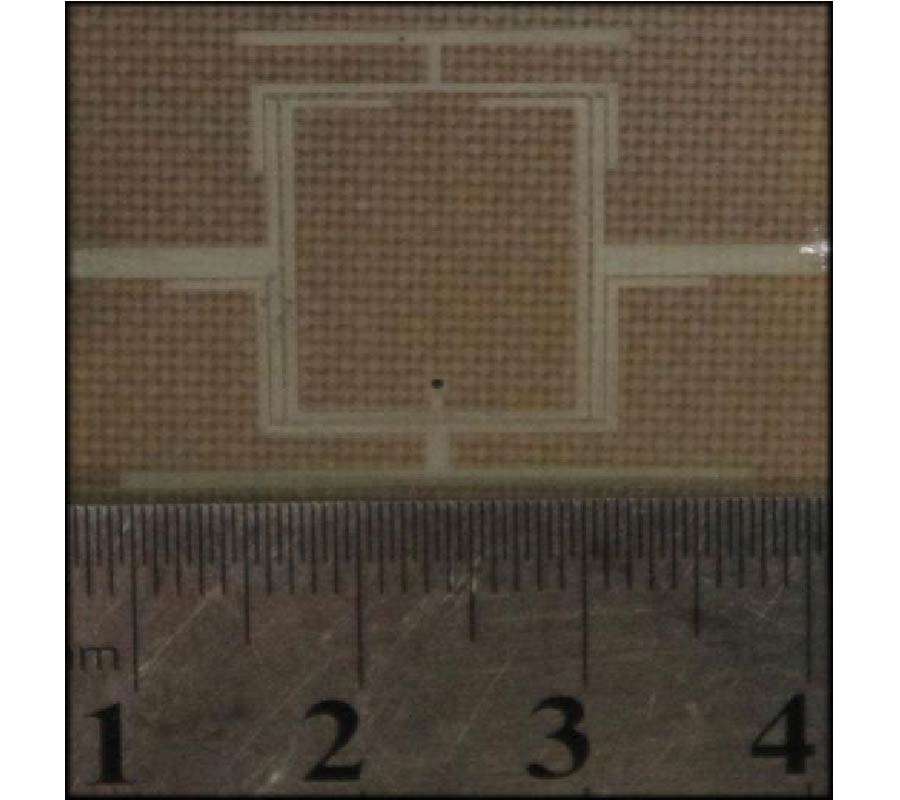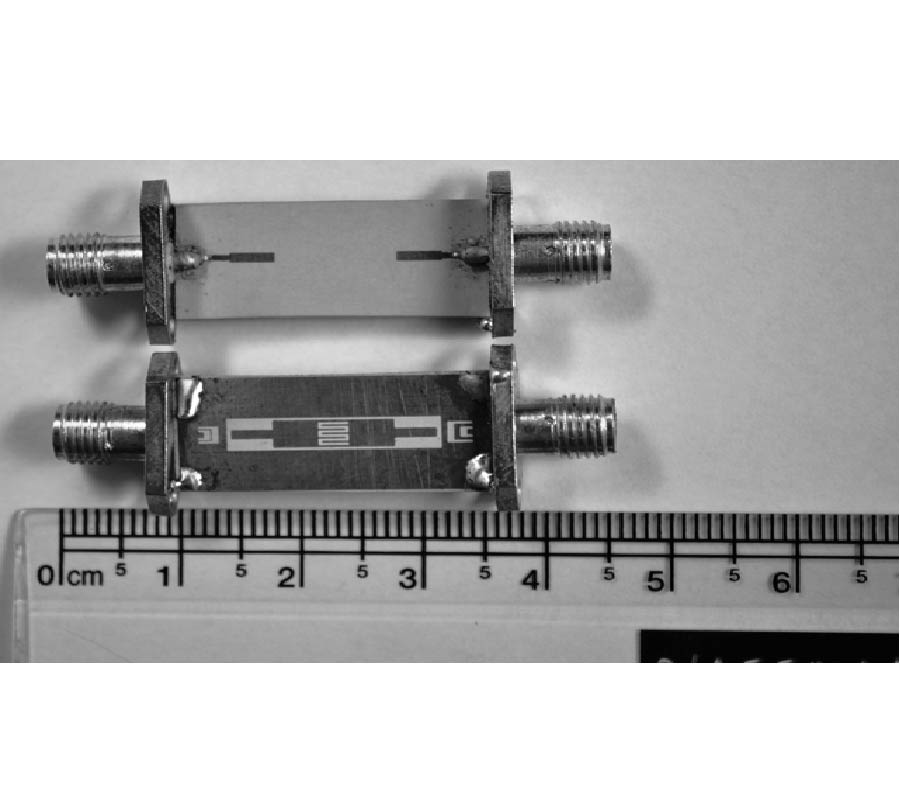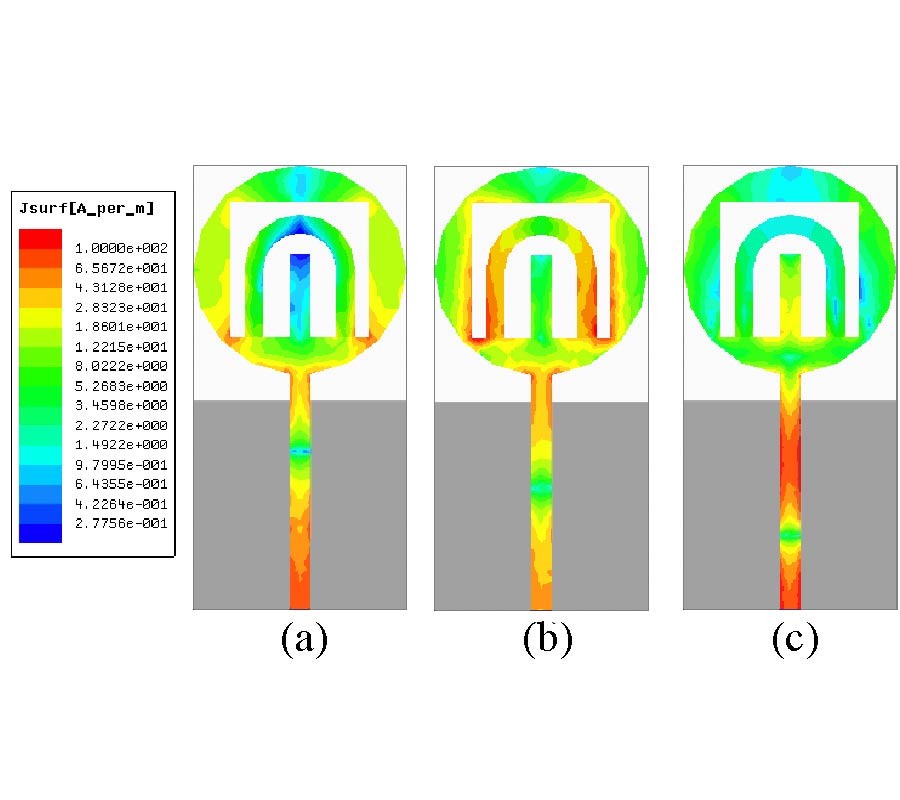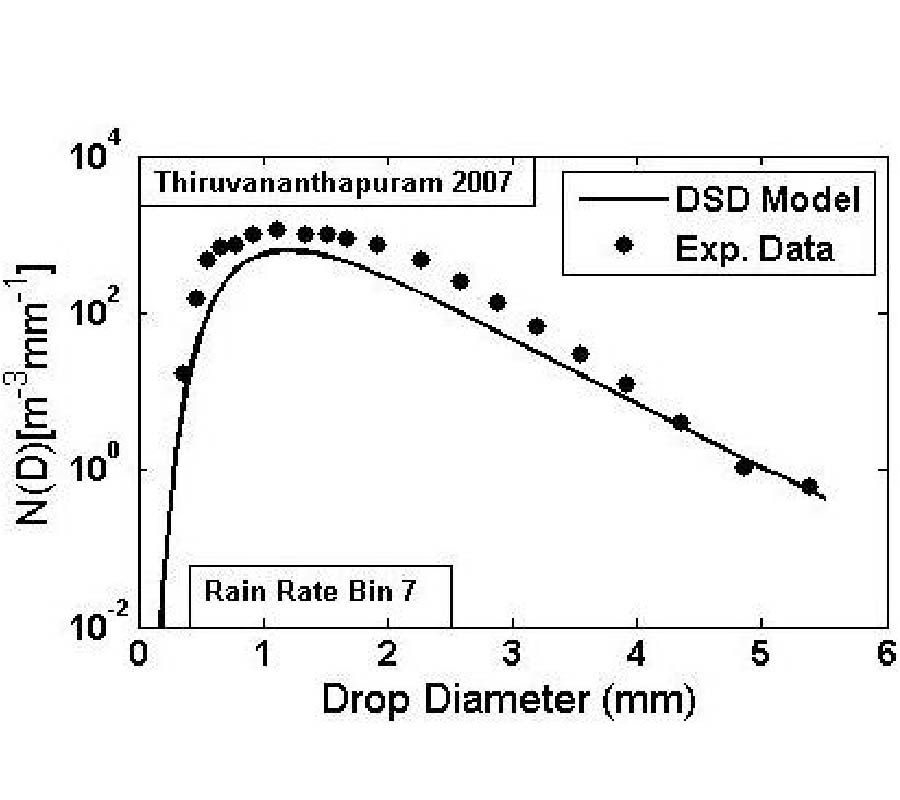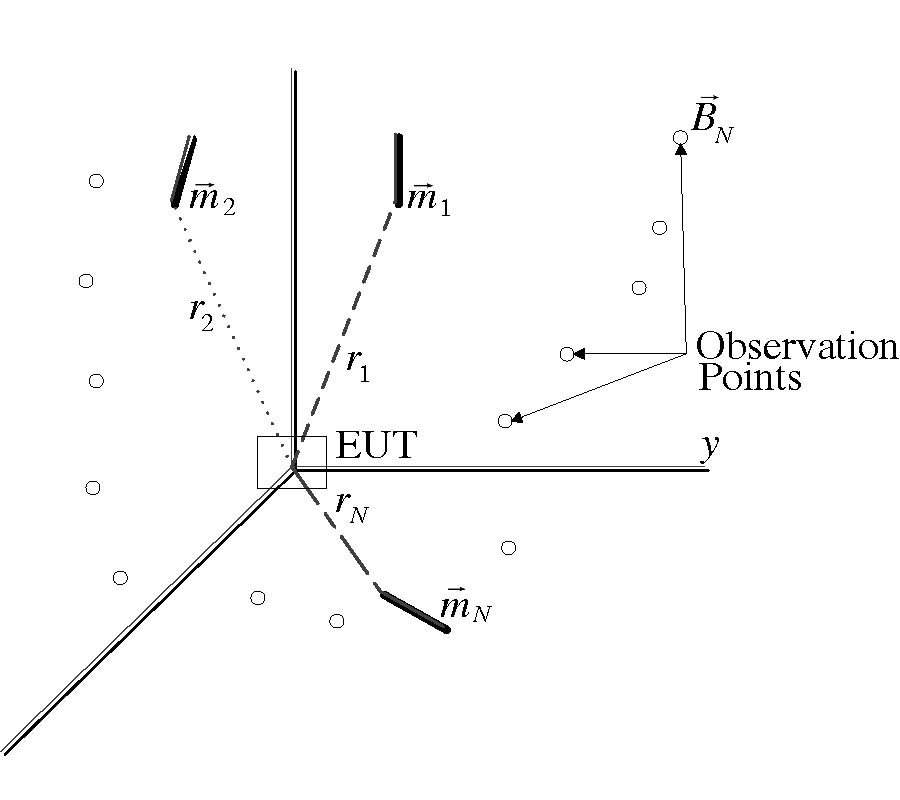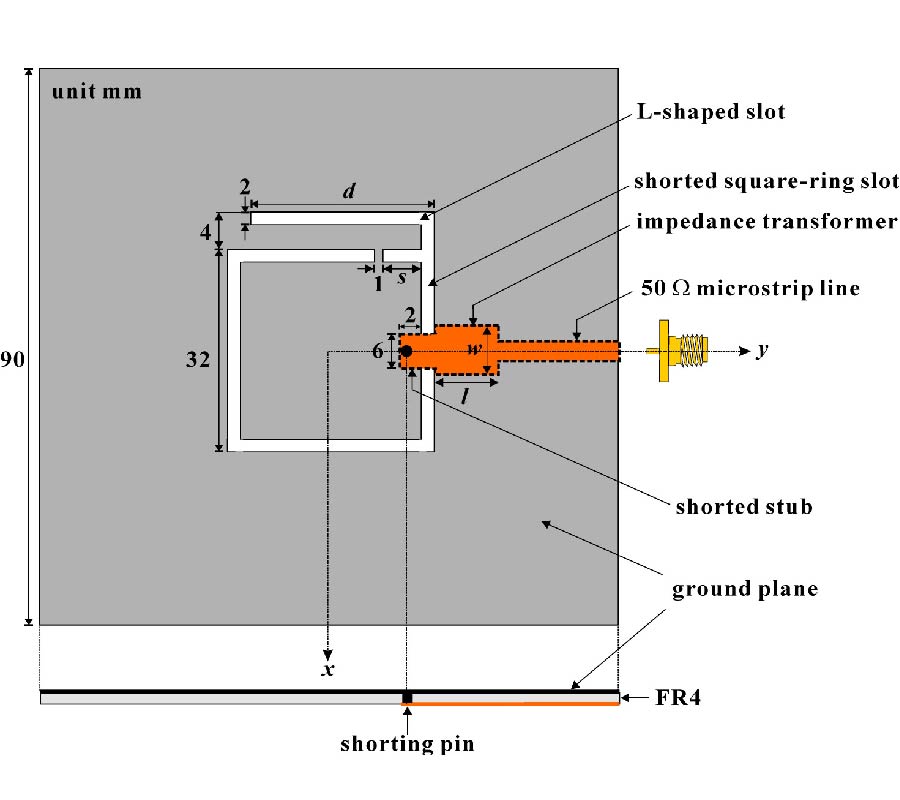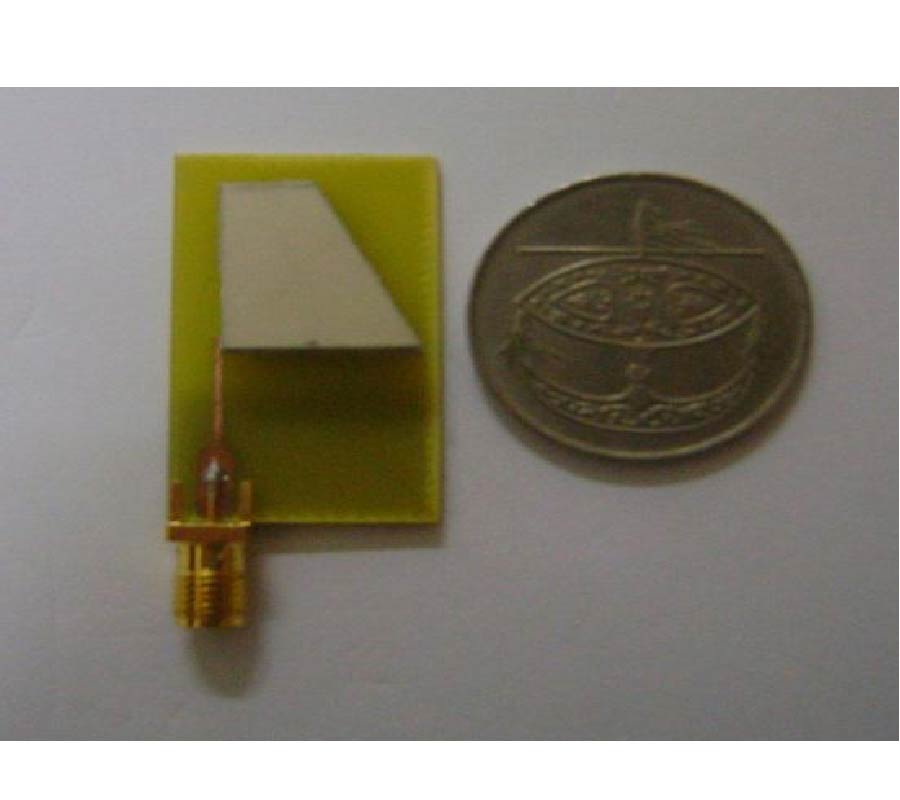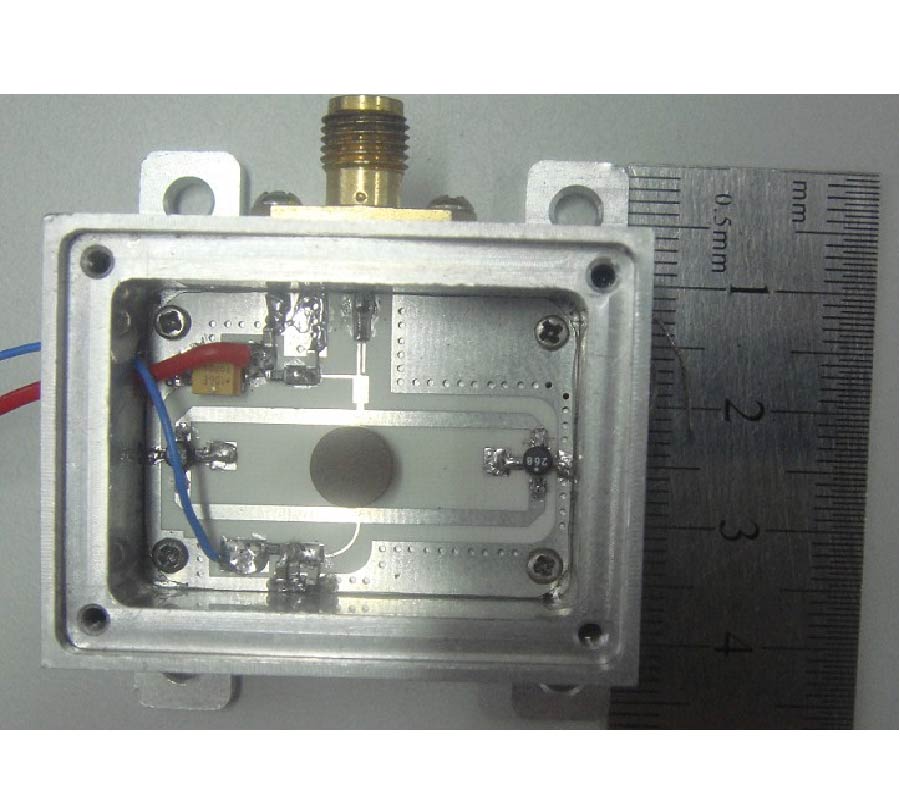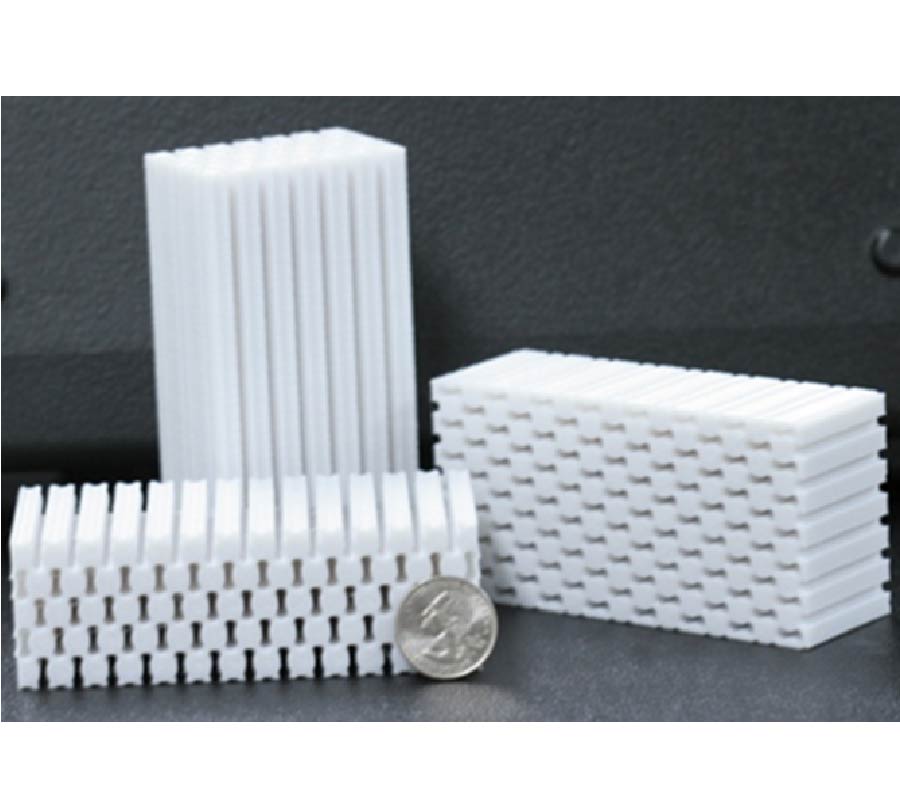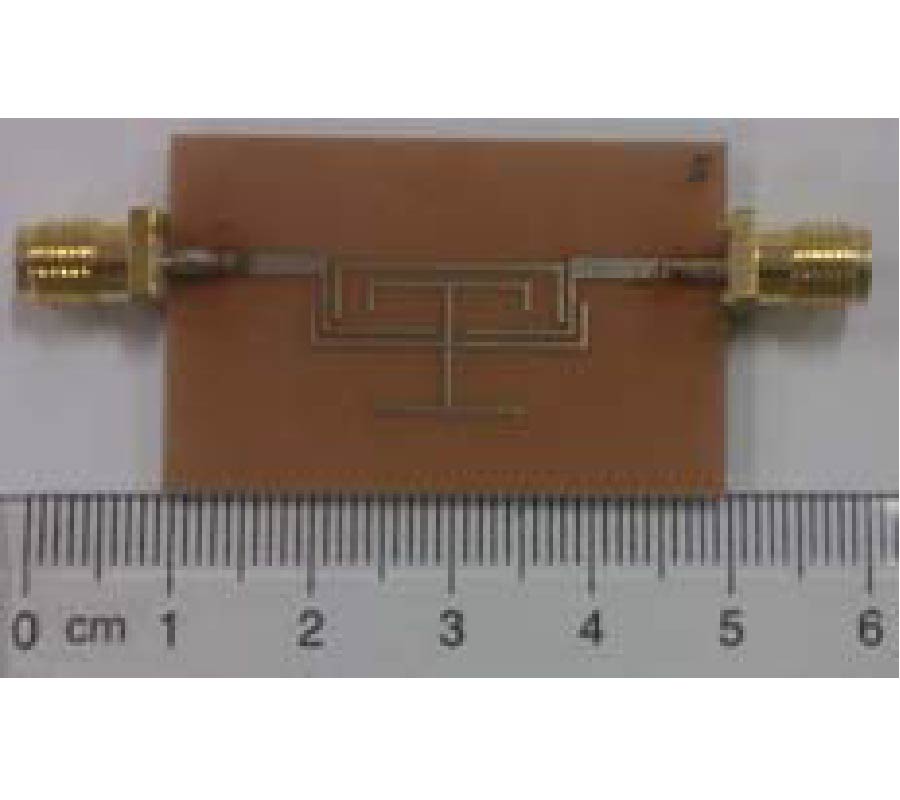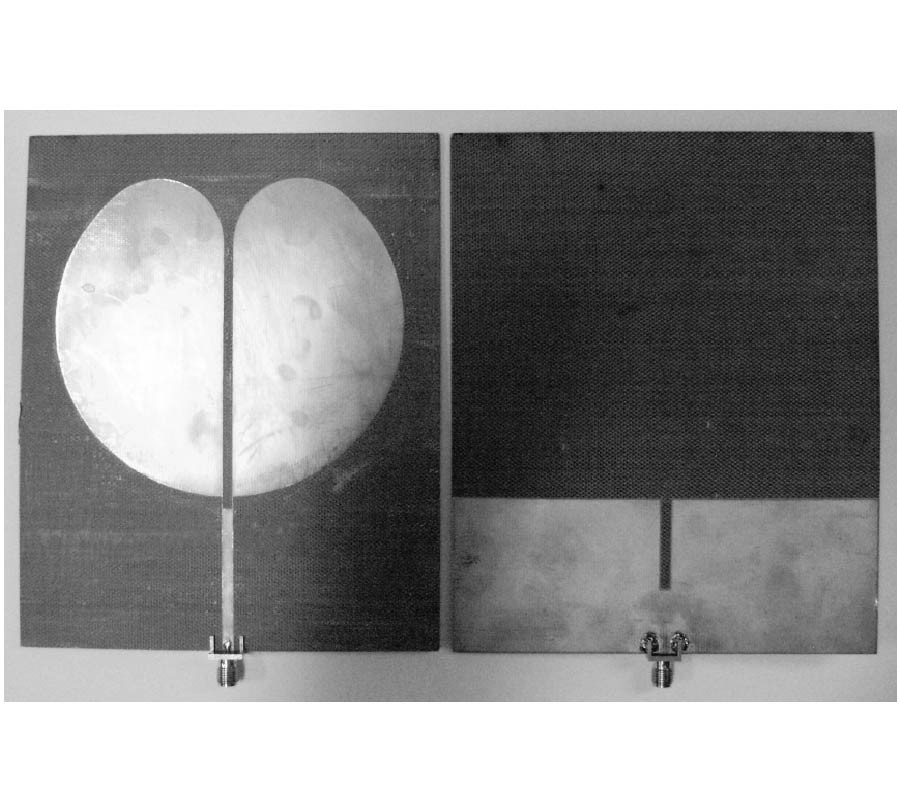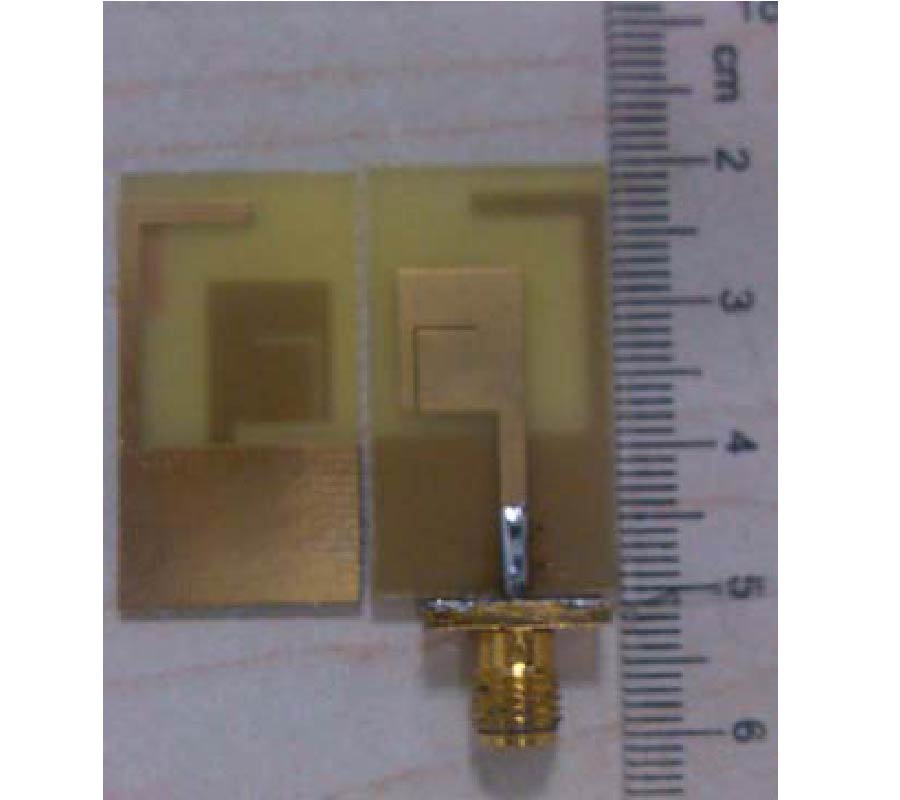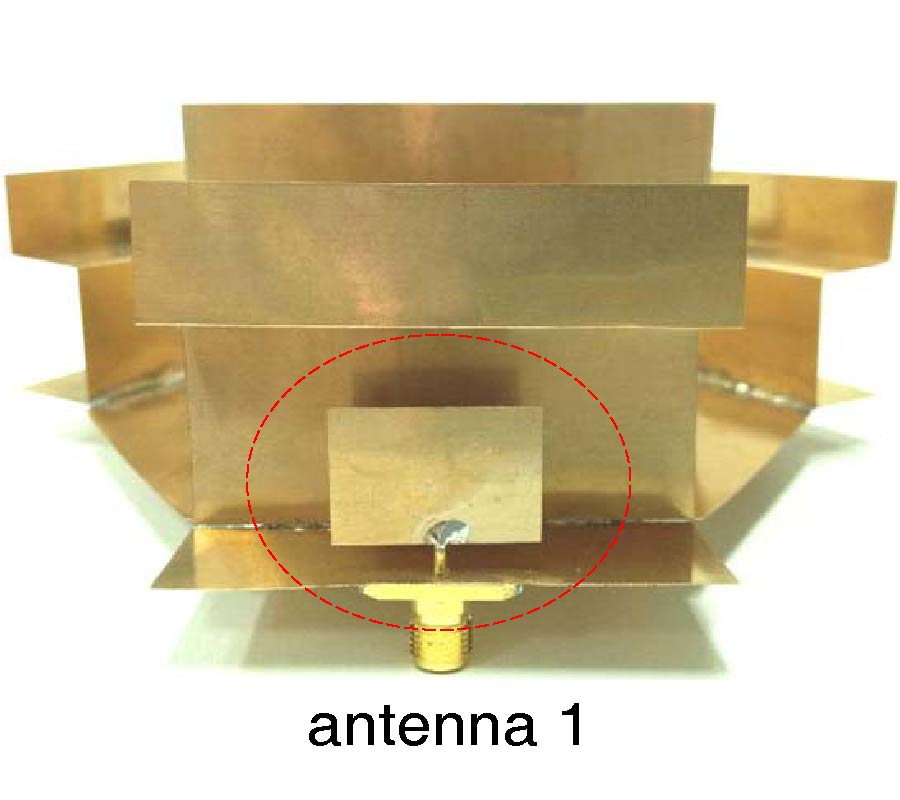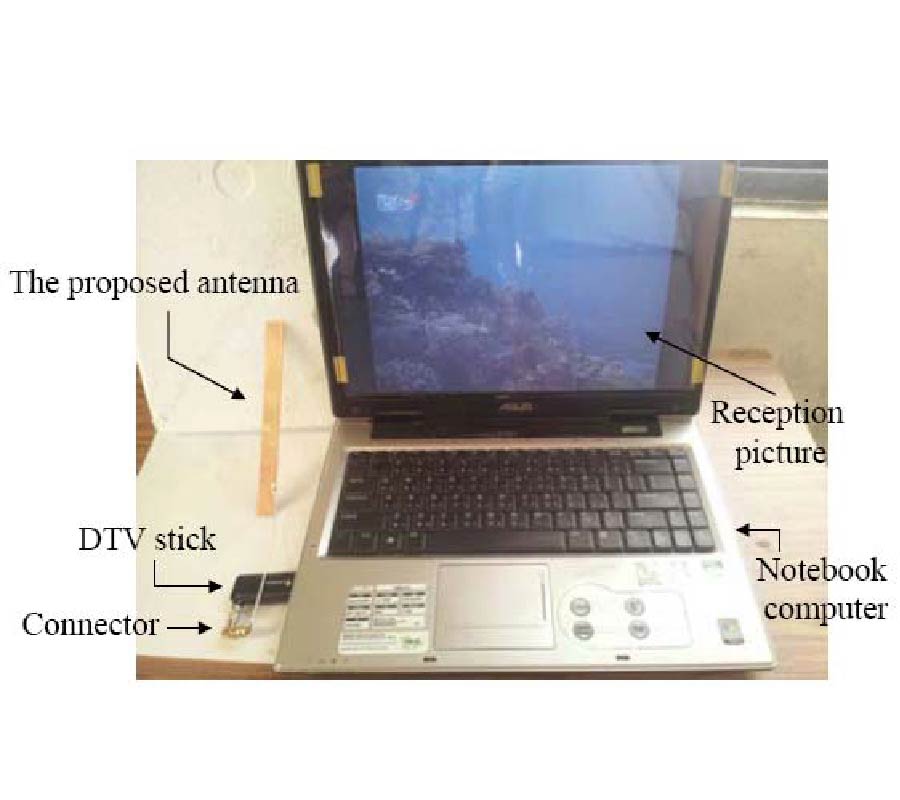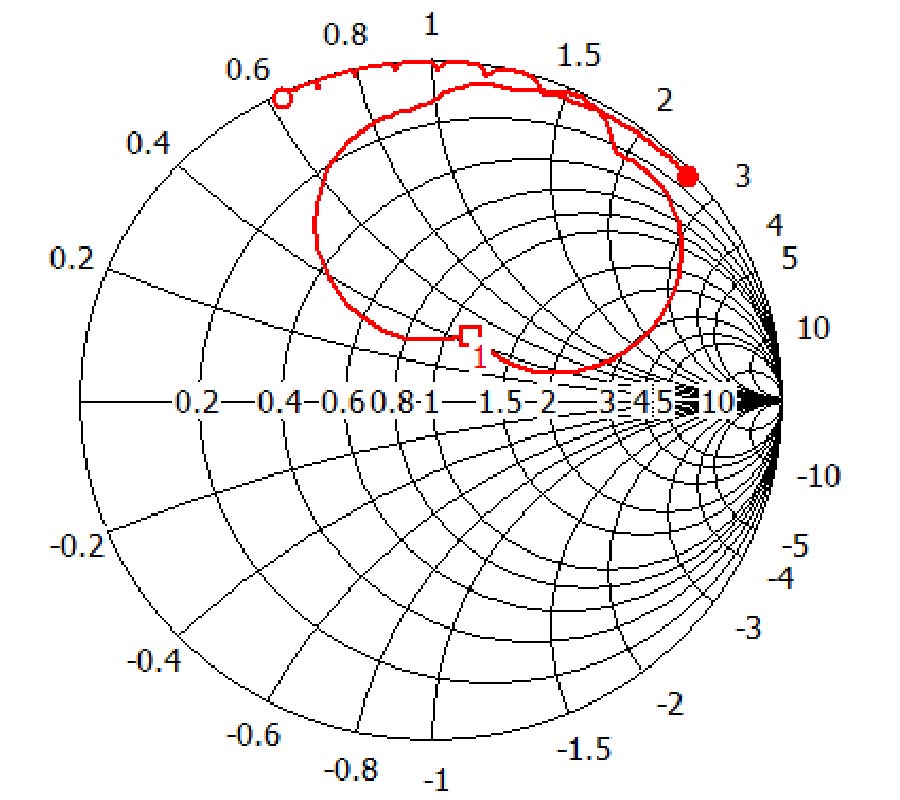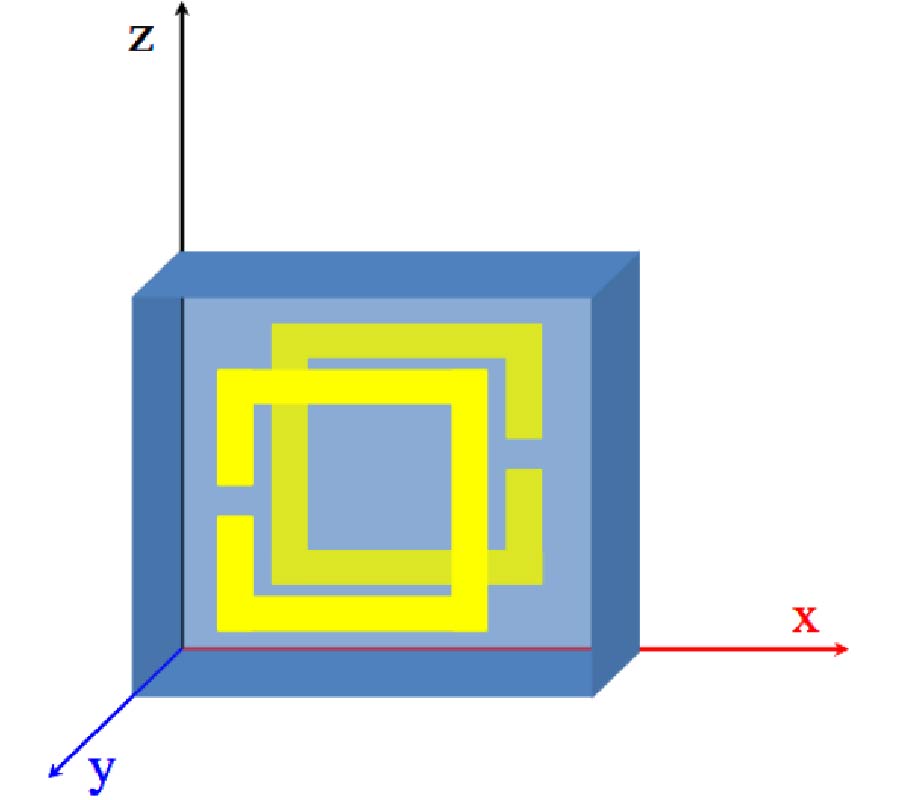A Novel Triband Circluar Ring Patch Antenna with a Symmetrical Door-Shaped Strip for WLAN/WiMAX Applicaions
Jun Wang,
Ying-Zeng Yin,
Jiao-Jiao Xie,
Shuan-Long Pan,
Jun Hui Wang and
Xu Lei
In this paper, a novel circular ring patch antenna with tri-band operation is proposed for satisfying WLAN and WiMAX applications simultaneously. The proposed antenna consists of a circular ring patch, a straight strip and a door-shaped strip, all of which are printed on the top side of the substrate. The straight strip embedded in the rectangular slot is aimed to obtain resonant mode at 5.5GHz. With the use of a door-shaped strip symmetrically with the microstrip feed line, the proposed antenna can operate in three separate bands. The proposed antenna has been fabricated and tested. The numerical and experimental results exhibit the designed antenna operates over triple frequency ranges, and the 10 dB return loss bandwidths of the proposed antenna are 570 MHz (2.27-2.84 GHz), 470 MHz (3.35-3.82 GHz) and 1720 MHz (4.84-6.56 GHz), which can fulfill both the WLAN bands (2.4-2.484 GHz, 5.15-5.35 GHz, and 5.725-5.825 GHz) and the WiMAX bands (2.4-2.6 GHz, 3.4-3.6 GHz, and 5.25-5.85 GHz). In addition, a design evolution and a parametric study of the proposed antenna are presented to provide information for designing, modifying, and optimizing such an antenna. At last, the proposed antenna has an unusual advantage of omnidirectional radiation characteristics and stable gain over the whole operating bands.
